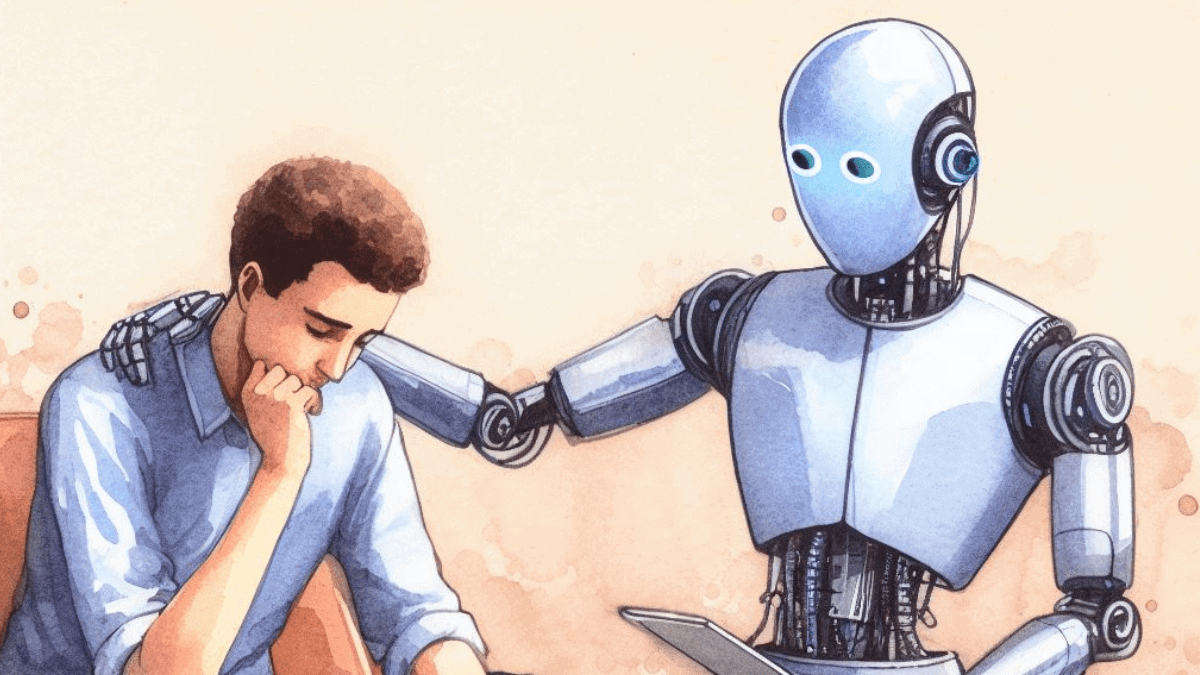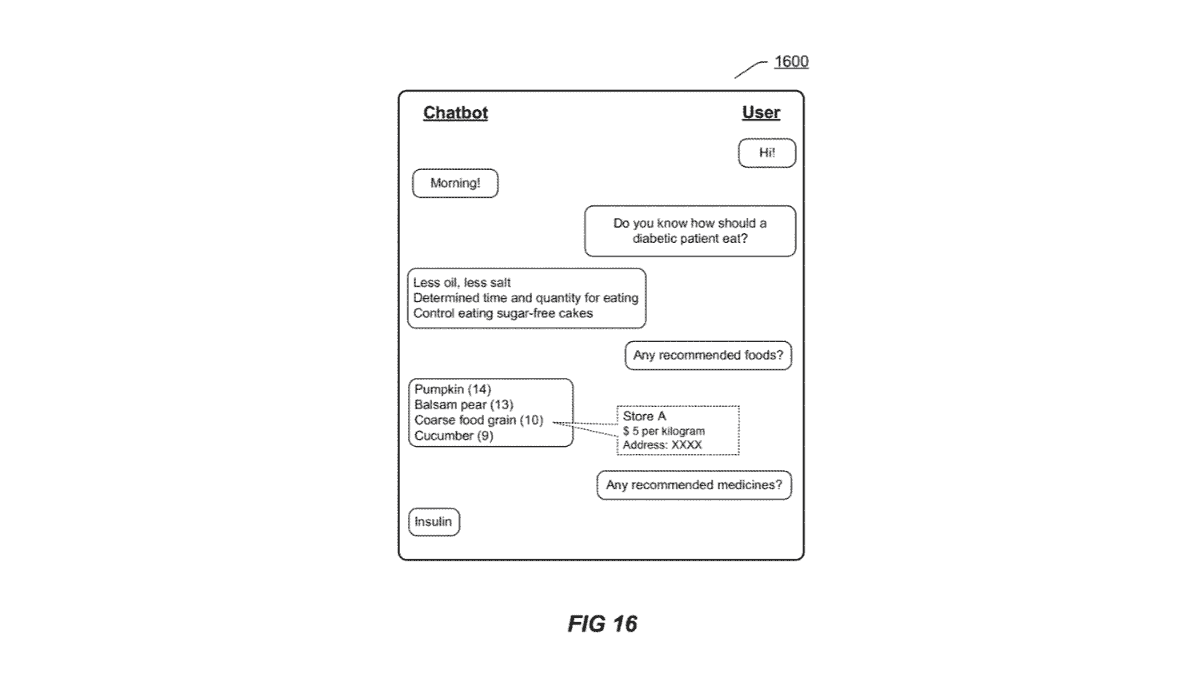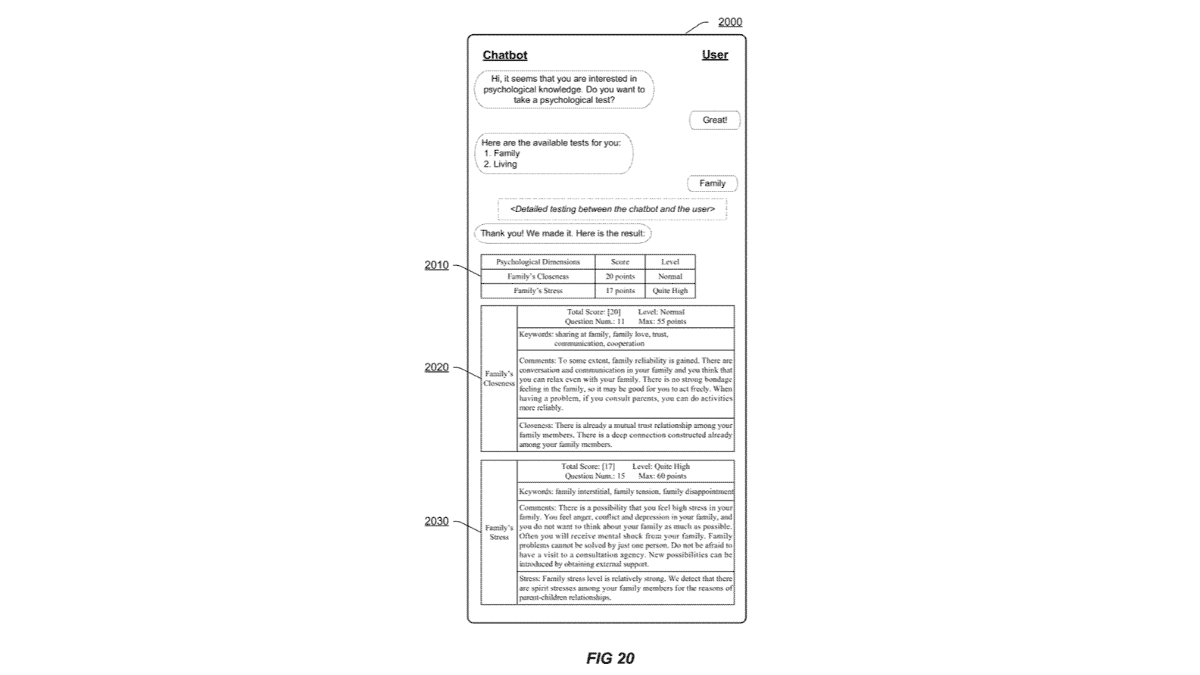Microsoft patents AI therapist that can offer emotional care

AI therapist may not be everyone’s cup of tea, but in Microsoft’s latest patent filing dated November 7 this year, the Redmond-based tech giant will soon delve into therapeutic medical treatment — all within an app.
Honestly? It does feel like Spike Jonze-directed Her movie, but instead of assisting with letter writing before falling in love, it offers emotional support to users and actually understands it.
Basically, it constructs a user profile based on emotional cues gleaned from images and then generates a memory record based on both the images and the profile.
In its demonstration, Microsoft details some of the things that this chatbot can do and how it works. It has a chat window, a processing module, and a response database — more than any “regular” AI-powered chatbot for therapy.
And it’s not just that. It also boasts modules for answering questions, analyzing emotions, creating memories, testing users, and storing user information.
If you’ve talked about, let’s say, your favorite F1 team with the chatbot, the chatbot will remember it and casually bring it up when you have a “session” with it. It can also provide personalized dietary and medication recommendations based on your individual health needs.
“Artificial Intelligence (AI) chatbot is becoming more and more popular, and is being applied in an increasing number of scenarios. The chatbot is designed to simulate people’s conversation, and may chat with users by text, speech, image, etc.,” says Microsoft in its filing.
Interestingly, this chatbot can conduct psychological tests with users, both explicitly by asking them questions and implicitly by monitoring their responses and using that information to provide feedback.
This process also performs an implicit psychological test, and it can be triggered based on the user’s current emotional state, the content of their current session, or other factors.
So, when triggered, it then selects appropriate psychological questions for the test based on the current session and a knowledge graph.
It’s a lot, but you can check out this patent filing on the United States Patent and Trademark Office right here.
Read our disclosure page to find out how can you help MSPoweruser sustain the editorial team Read more







User forum
0 messages